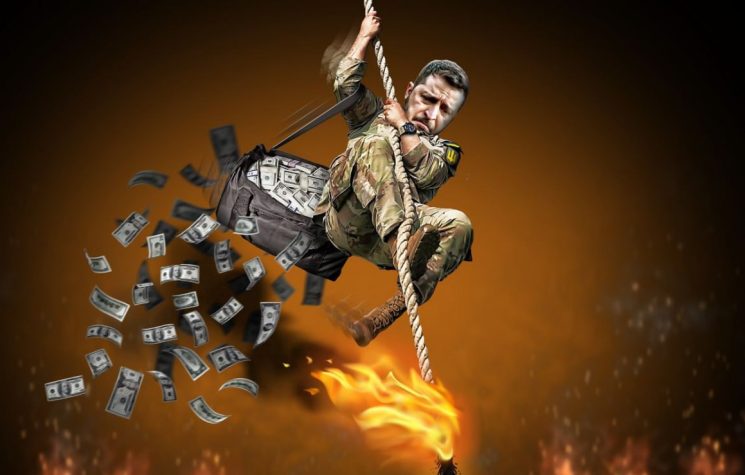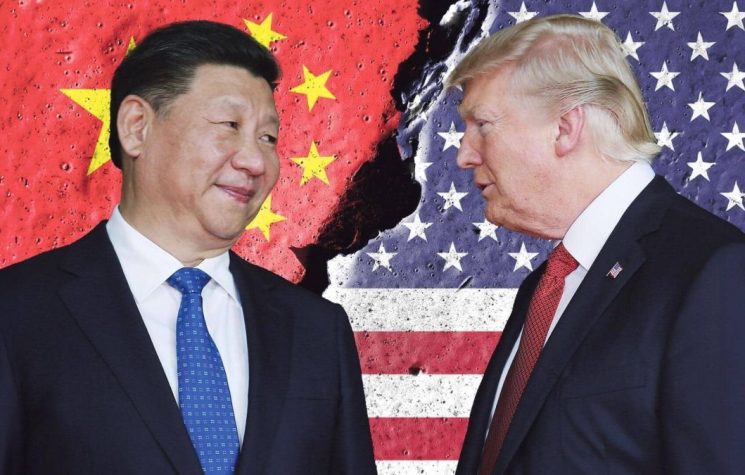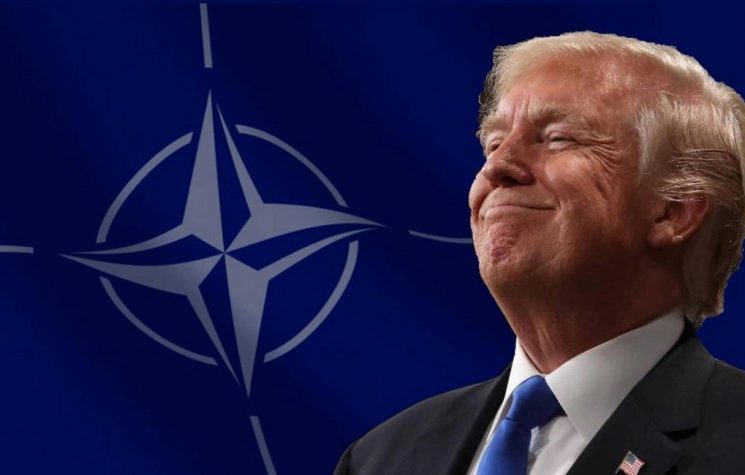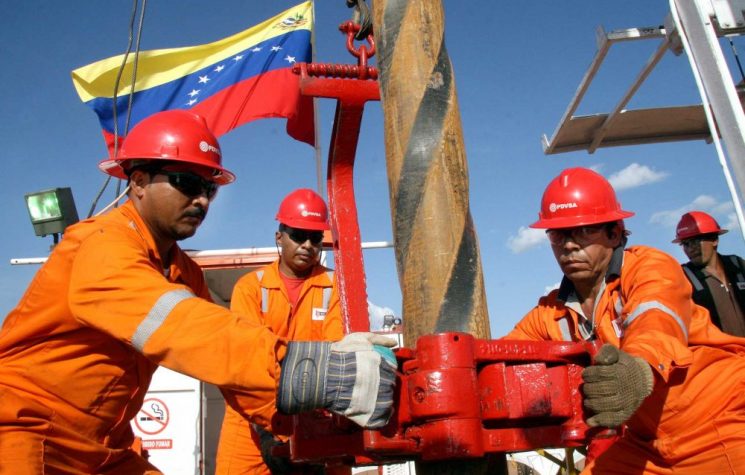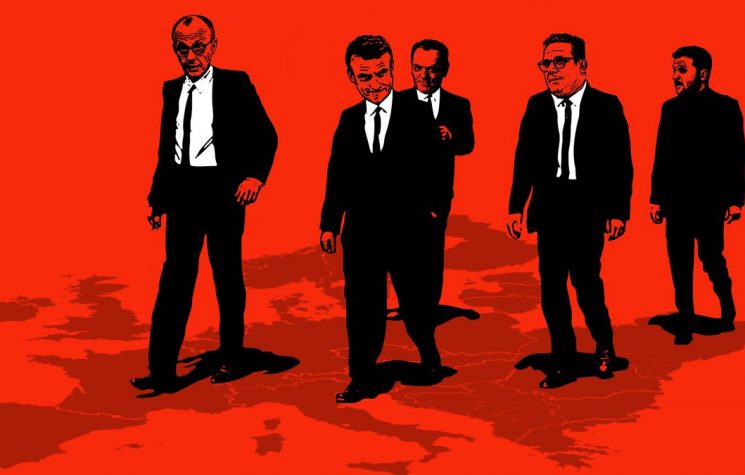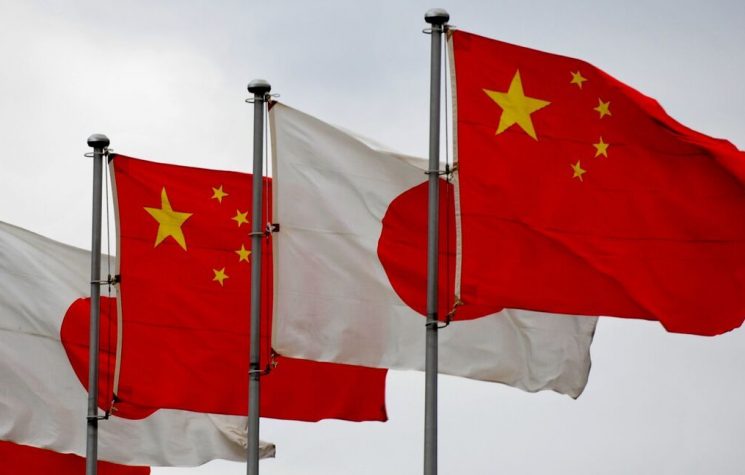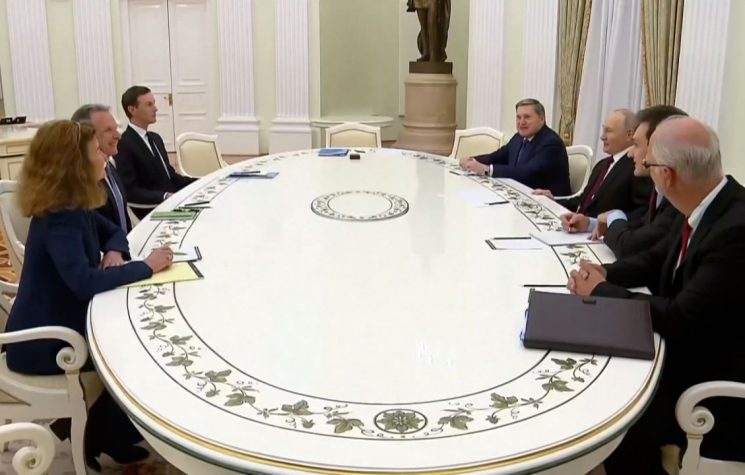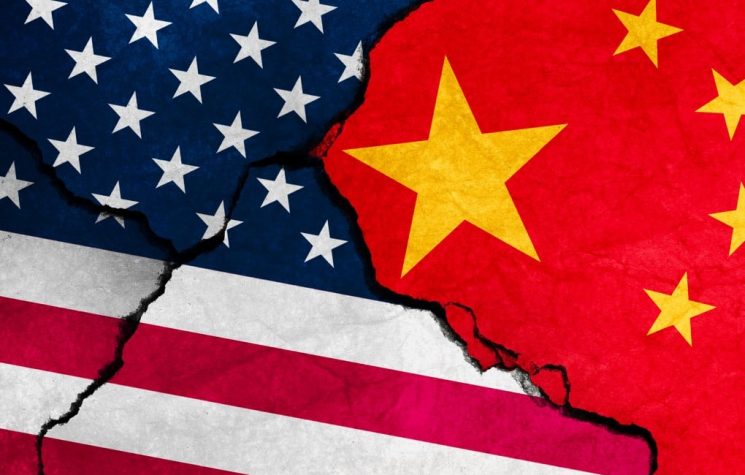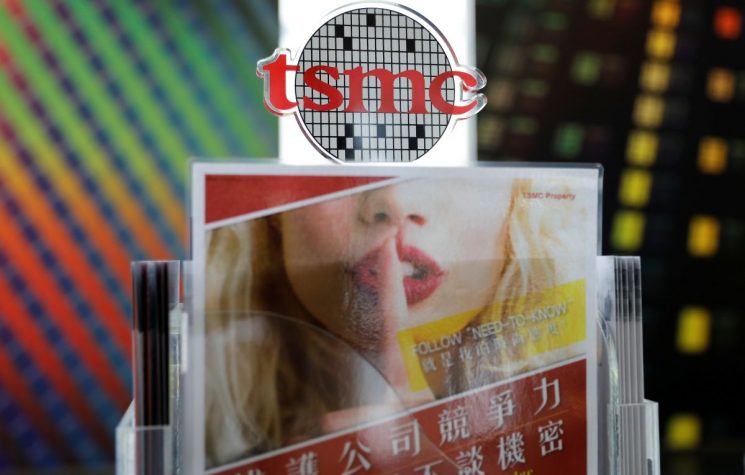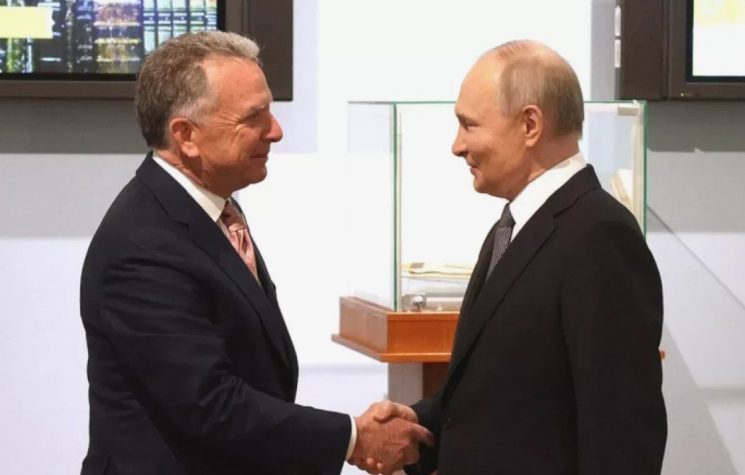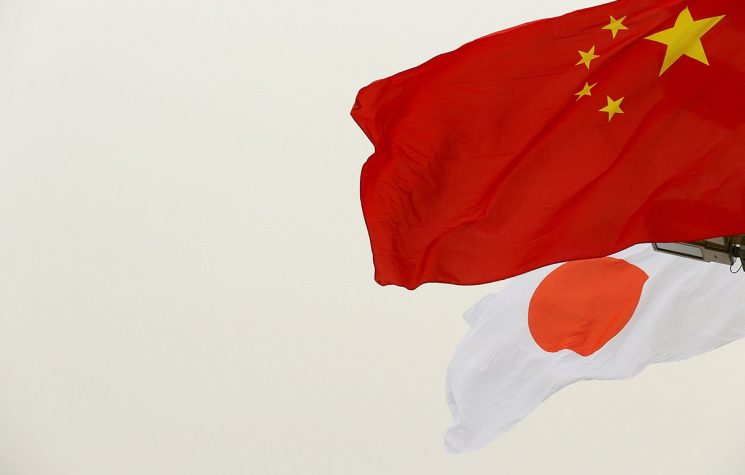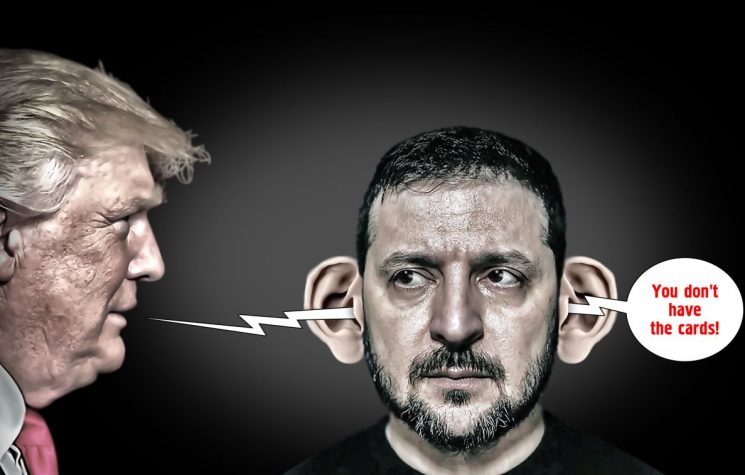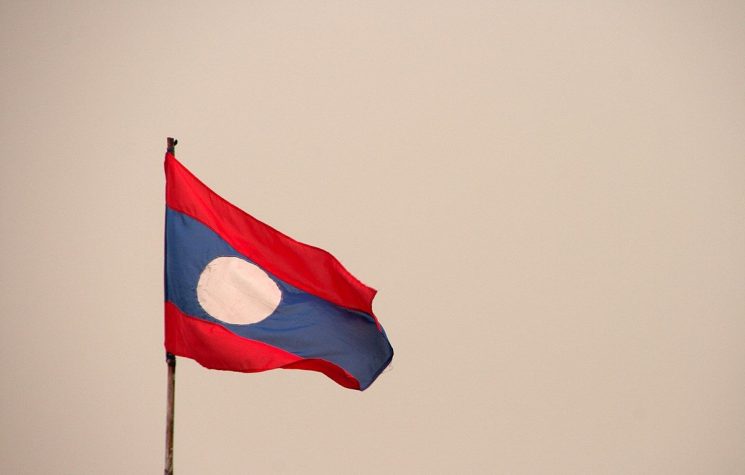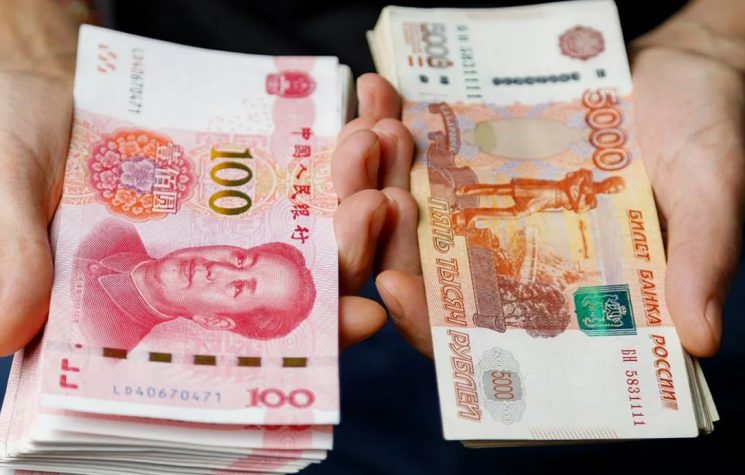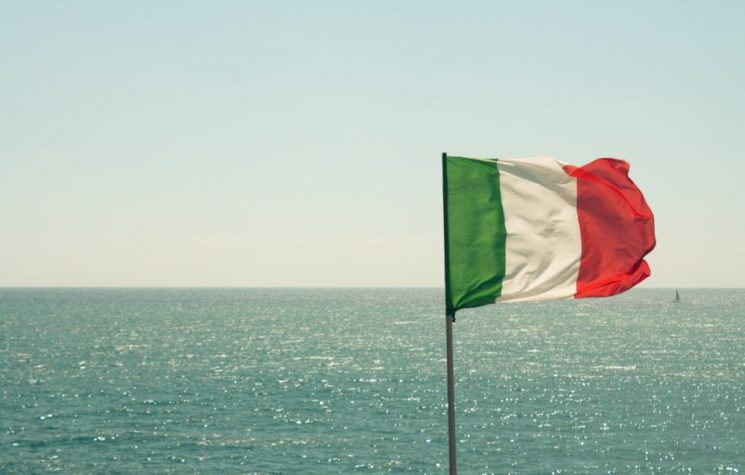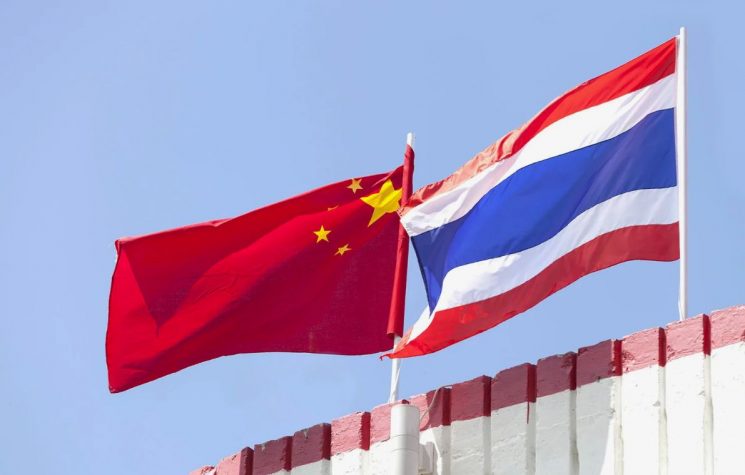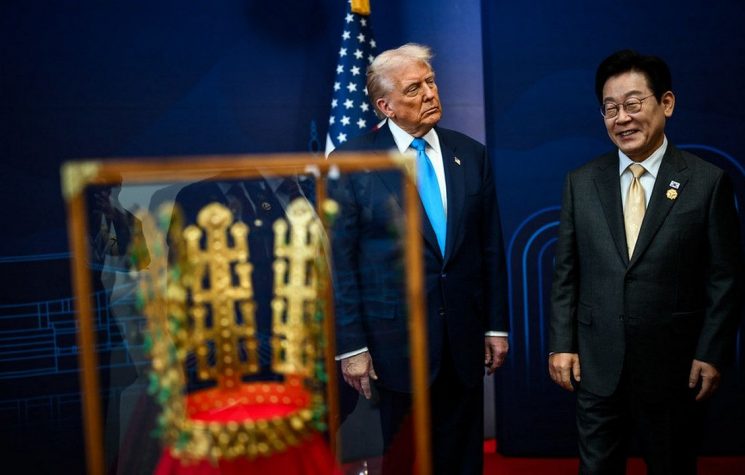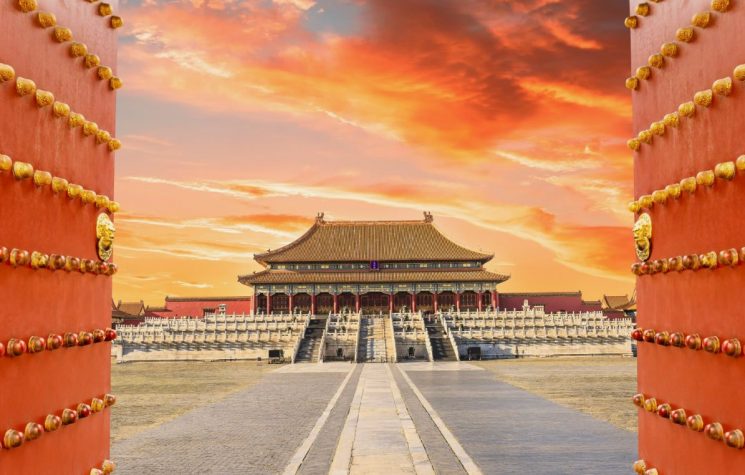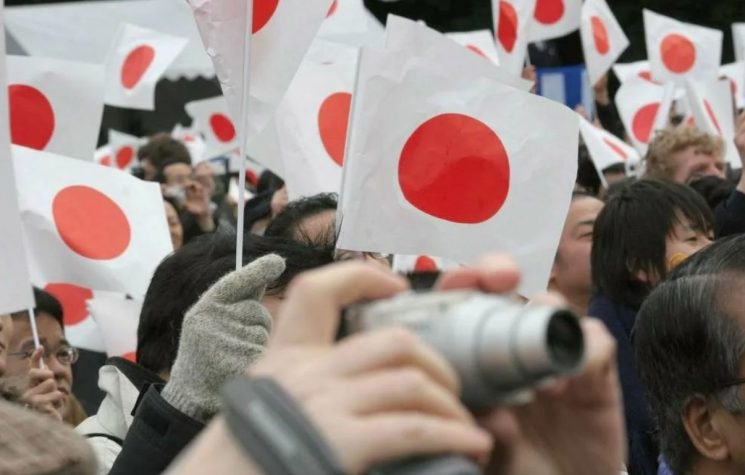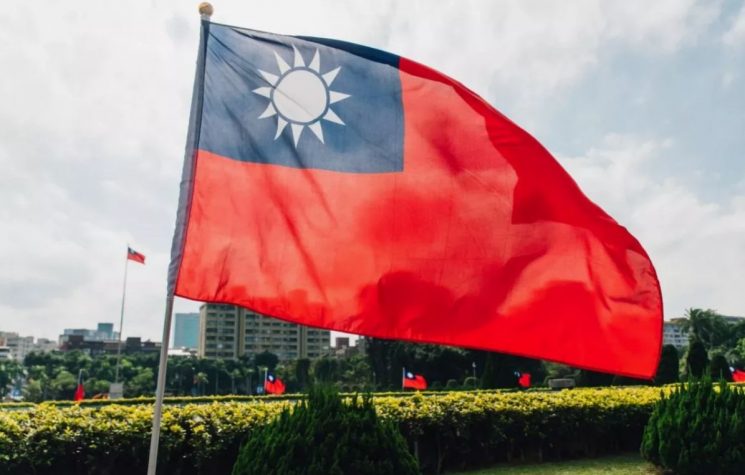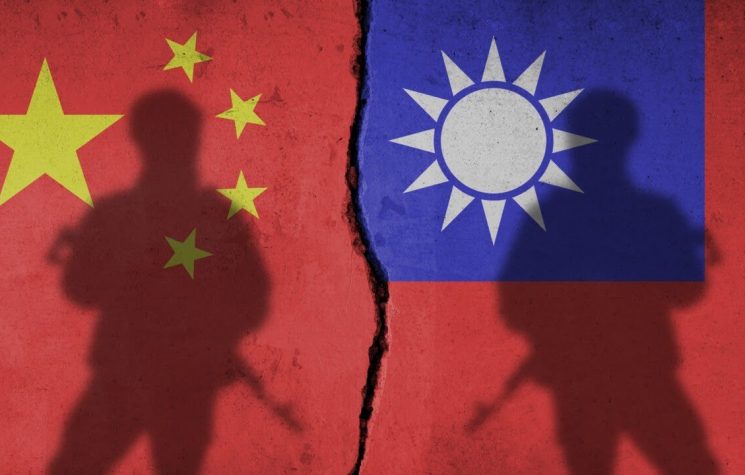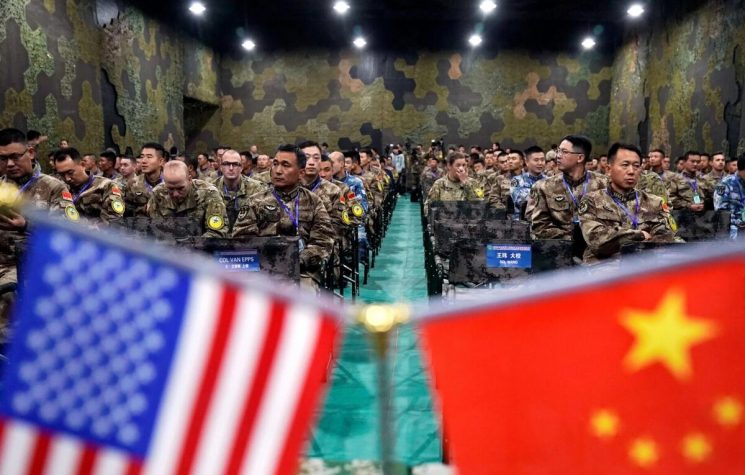Taiwan is a useful pawn in the U.S. strategy of confronting China as a “great power competitor”, Finian Cunningham writes.
❗️Join us on Telegram![]() , Twitter
, Twitter![]() , and VK
, and VK![]() .
.
Contact us: info@strategic-culture.su
Ever since China’s civil war ended in 1949 with victory for the Communist side, the island of Taiwan off China’s southern coast has been a U.S. pawn as a haven for anti-Communist forces. The United States has sponsored the Taiwanese separatists first under the dictatorship of Chiang Kai-shek and up to the present administration in Taipei. Ironically, Washington portrays Taiwan as “democratic and free”.
Washington’s support for Taiwan waned in 1979 when the U.S. endeavored to normalize relations with Beijing under the so-called One China Policy which defines Taiwan as under the sovereign control of the People’s Republic of China. The U.S. position conforms to the international norm of recognizing China as one sovereign nation in which Taiwan is but an island province.
The U.S.’s so-called normalization of relations with China was not genuine. It was a geopolitical move to wedge relations between Beijing and Moscow. Now that China and Russia have reestablished strategic connections under Presidents Xi and Putin, the U.S. has reverted to overt hostility towards China and its policy of using Taiwan as a cat’s paw to destabilize the mainland.
After the Obama administration embarked on its Pivot for Asia strategy in 2011, Washington earnestly reinstated relations with Taiwan in such a way as to deliberately provoke Beijing and undermine its sovereignty.
Tensions over Taiwan have become increasingly fraught as the United States steps up military supplies to the island territory. The weapons systems have become increasingly offensive in their capability of attacking China’s mainland. This development not only undermines China’s sovereign authority. It also poses an overt national security threat to Beijing. Taiwan is a mere 130 kilometers (80 miles) from the Chinese mainland across a narrow sea called Taiwan Strait.
This places China in an acute dilemma. Should it take preemptive military action or wait it out until politics takes its course?
A recent election in Taiwan was won by a pro-independence party. But there was a greater combined vote for parties that want more friendly relations with mainland China. That strongly suggests that Taiwanese people are against a military confrontation and are amenable to political reconciliation as proposed by Beijing. Perhaps over time, the Taiwanese population may develop a decisive majority that desires peaceful reunification.
The problem is the United States has control of the initiative to inflame tensions with China. In that case, Beijing might eventually be drawn into a military confrontation despite its aspirations.
The Return of Great Power Competition
Since the supposed end of the Cold War in 1991 following the collapse of the Soviet Union, for most of the ensuing three-decade period, the United States declared its main national security concerns to revolve around international terrorism. In recent years, however, the U.S. has relegated the perceived threat of terrorism and officially prioritized its strategic concerns about “great power competition”.
Russia and China have been labeled the top geopolitical rivals for U.S. global power. In this way, there has been a return in Washington to the Cold War geopolitics and rhetoric that dominated international relations during the five decades after World War Two. While Moscow and Beijing have both repudiated adversarial relations and have repeatedly urged peaceful coexistence in a multipolar world, the United States has relentlessly sought to depict the so-called “global rules-based order” as being threatened by Russia and China.
The current U.S. administration under President Joe Biden has contrived to portray international relations as an existential contest between “Western democracy versus autocracies”. This zero-sum terminology is typical of Cold War ideology which aims to polarize international relations into geopolitical camps of “us and them”. Such polarization is an essential function of U.S. and Western power politics and the promotion of U.S. hegemonic ambitions.
By dividing the world into “blocs”, the resulting conflictual relations and tensions are amenable to American militarism. In other words, cooperative peaceful international relations as advocated by Russia and China in their multipolar visions are anathema to the pursuit of U.S. hegemony based on unilateral domination.
China is Enemy No. 1 for the United States
Several U.S. strategic planning documents indicate explicitly the emphasis on “great power competition”. The 2022 National Security Strategy defines the U.S.’s priority concerns. The document states:
“We are now in the early years of a decisive decade for America and the world. The terms of geopolitical competition between the major powers will be set… the post-Cold War era is definitively over, and a competition is underway between the major powers to shape what comes next.”
The strategic outlook clearly determines China as the bigger threat to U.S. power. The document states:
“Russia and the PRC [People’s Republic of China] pose different challenges. Russia poses an immediate threat to the free and open international system, recklessly flouting the basic laws of the international order today, as its brutal war of aggression against Ukraine has shown. The PRC, by contrast, is the only competitor with both the intent to reshape the international order and, increasingly, the economic, diplomatic, military, and technological power to advance that objective.”
Another major U.S. planning document, the 2022 National Defense Strategy, also defined China as the “pacing challenge” to American global power. It was stated that China is “the only competitor to the United States with the intent and increasing capability to reshape the international order.”
The term “pacing challenge” is a euphemism for Enemy Number One. The prioritizing of China over Russia as the designated top threat to U.S. national security was reiterated in the National Defense Authorization Acts in 2023 and 2024. The NDAAs govern annual U.S. military spending of over $850 billion – about four times the military budget of China and more than eight times that of Russia.
The war in Ukraine which erupted in February 2022, has certainly accentuated tensions and hostilities between the United States and Russia. This may give the impression that Russia is deemed by Washington as a greater threat than China. Nevertheless, despite the heated rhetoric and war in Ukraine, the strategic outlook according to the U.S.’s own planners is that China is perceived as the long-term principal adversary.
Even Russian President Vladimir Putin in a recent interview with American journalist Tucker Carlson acknowledged that China was seen in Washington as a bigger threat than Russia. “The West is afraid of a strong China more than it fears a strong Russia,” said Putin.
U.S. is Planning on War with China
The United Air Force announced on February 12, 2024, a major overhaul and expansion of force structure in the Asia-Pacific. Its commanders specifically cited China as the motivating threat and reason for renewed military build-up for “high-end conflict”. When the civilian head of the U.S. Air Force, Frank Kendall, was appointed to the post in 2022, he told the U.S. Congress that his three priorities were: “China, China, and China.”
Several senior American commanders have publicly warned that the U.S. could be at war with China in the next five years. And they mention Taiwan as the flashpoint.
This war planning accounts for an overall U.S. military build-up in Asia-Pacific involving air, navy, and land weapons. Washington has been expanding military bases and missile systems in Australia, Japan, South Korea, the Philippines, Guam, and most provocatively on China’s territory of Taiwan.
On January 16, 2024, it was reported by Taiwanese news media that the island territory was building two new missile bases on its east coast facing the Taiwan Strait and China’s mainland. The new construction stemmed from the expected arrival of more U.S. anti-ship missiles. The reports also indicated that five more bases were under planning.
These developments point to long-term planning by the United States for a military confrontation with China in the coming years.
Taiwan is the Primary Cat’s Paw for U.S. Hostility
Following elections in Taiwan on January 13, 2024, U.S. President Joe Biden stated that the U.S. did not support “independence” for the island territory.
Biden was thus publicly affirming Washington’s adherence to the One China Policy (OCP).
However, Biden’s public position on Taiwan and China can be better understood as part of the United States’ other policy of “strategic ambiguity”. Officially, Washington claims to recognize China as the sole sovereign power concerning Taiwan. Whereas in practice, U.S. actions point to another, treacherous agenda.
When Chinese President Xi Jinping met Biden in November 2023 at the APEC summit in San Francisco, the American side reiterated its obligations under the One China Policy. At that summit, President Xi called on the United States to stop arming Taiwan. He said Taiwan was the “most dangerous” issue and warned that China would use force if the matter is not resolved diplomatically for reunification.
Under Biden and his predecessor, Republican President Donald Trump, the United States has ramped up weapons supplies to Taiwan.
Provocatively, it seems, the U.S. has chosen to ignore President Xi’s admonitions about desisting from arming Taiwan.
The reported expansion of missile bases and supply of U.S. missiles to Taiwan indicates that Washington has set a course for antagonizing China by undermining its sovereignty over Taiwan.
On February 8, 2024, it was reported for the first time by U.S. and Taiwanese media that American special forces were being permanently stationed in Taiwan and the neighboring Kinmen islands near the Chinese mainland. This development is a major violation of the One China Policy by the United States. It puts into perspective the purported pledges made by Biden in person to Xi during the APEC summit.
Furthermore, the purpose of the U.S. forces in Taiwan has offensive connotations. The American personnel are reportedly engaged in training Taiwanese military units for conflict and monitoring China’s mainland forces.
It should be noted that these U.S. military developments in Taiwan followed a high-level meeting between America’s National Security Advisor Jake Sullivan and senior Chinese diplomat Wang Yi which took place on January 26 in Thailand. Earlier that month, Chinese and U.S. officials also held “high-level discussions” at the Pentagon after a two-year suspension. The series of talks was reported in Western media as an effort by the American side to reduce tensions and improve communications.
Again, rather than such contacts being a genuine effort at improving relations, they seem to be more illustration of the U.S. policy of “strategic ambiguity”. More accurately, that policy should be called “strategic duplicity”.
It seems plausible that Washington is trying to mislead China over what its real intentions are regarding Taiwan and the wider issue of strategic confrontation. The Biden administration may state adherence to the One China Policy and call for better military-to-military communications to avoid conflict.
Yet, in practice, the United States is pushing ahead to supply Taiwan with more missiles. This unprecedented build-up of offensive U.S. capability is replicated in other territories across the Asia-Pacific.
The election in January of Lai Ching-te as the Taiwanese president provides Washington with a strident “pro-American” voice in Taipei for the next four years. Lai has previously called for Taiwan’s independence from China. Indeed, during the election campaign, Lai said there was no need to make such a declaration because Taiwan was “already independent”. Beijing has repeatedly declared its desire and sovereign right for full reunification of the island territory with the Chinese mainland. However, President Xi has warned that if Taiwan were to formally announce independence, China reserves the right to use military force to assert its legal sovereign control over the territory.
Taiwan is a useful pawn in the U.S. strategy of confronting China as a “great power competitor”.
By giving tacit support to pro-independence politicians in Taiwan, Washington is inciting separatist sentiments. Supplying the territory with U.S. weapons and military personnel also foments Taiwanese notions that Washington is a military patron who will come to Taiwan’s defense if a conflict were to erupt with mainland China.
Significantly, the incoming Taiwanese president is the third administration of the Democratic Progressive Party (DPP). The DPP first came to power in 2016 under President Tsai Ing-wen. She was re-elected in 2020. Her vice president Lai Ching-te is taking over in May when he is inaugurated as president. The DPP has inflamed pro-independence politics over the past eight years with the full encouragement of Washington under both the current Biden administration and his predecessor Donald Trump. This political saber-rattling will likely continue over the next four years of Lai’s presidency.
It is also significant that the last eight years have seen a build-up of missiles in Taiwan’s arsenal. Before 2016, the island’s military capabilities were limited. Under the DPP, and with supplies from the U.S., Taiwan’s forces have acquired ballistic missile capabilities, especially anti-ship missiles. The target range of these weapons is short-range up to 500 kilometers which could reach China’s southern coastal provinces.
What needs to be monitored is the supply of longer-range U.S. missiles which would indicate greater strategic ambitions in a conflict with China. The American-sponsored militarization of Taiwan is correlated with the incitement of separatist politics on the island, which in turn foments tensions with Beijing.
On February 13, the U.S. Senate approved a $95 billion military aid package for foreign allies, including $60 bn for Ukraine, $14 bn for Israel and $8 bn for Asia-Pacific. The latter portion will allocate nearly $5 bn to Taiwan. The Asia-Pacific funding will cover the U.S. build-up of missiles in the region.
This is another indicator of U.S. hostile intentions towards China. It belies the seeming diplomatic engagement and renewed military-to-military communication exchange. The litmus test for rhetoric concerning the One China Policy is the facts on the ground of military offensive capability toward China.
The facts testify that Taiwan is being honed as a cat’s paw to antagonize and provoke China.
The Ukraine-Russia Analogy
There is a vivid analogy with how the U.S. has cynically used Ukraine as a provocation toward Russia. Ukraine has deep cultural ties with Russia and a long history of disputed territorial control. Over the past decade, the United States has ramped up military support for Ukraine and incited animosity with Russia. The tensions erupted in February 2022 with Russia ordering a military invasion of Ukraine to halt mounting provocations. A two-year war ensued and is continuing. It is the biggest war in Europe since the Second World War. An estimated 500,000 Ukrainian soldiers have been killed. The conflict has had a devastating impact on Europe’s economy. It brings nuclear powers perilously close to catastrophic all-out war.
China’s former ambassador to the United States, Cui Tankai, recently stated that China would not be drawn into a military trap in Taiwan. The seasoned diplomat alluded to the U.S.-instigated scenario of Ukraine and Russia. On the matter of increasing American arms supplies to Taiwan, Cui was quoted as saying: “Someone may be preparing a proxy war but we will not fall into that trap. We don’t want to see a situation where Chinese are killing Chinese.”
Such aspirations are laudable. Nonetheless, such a view is a hostage to fortune. The Chinese authorities may not want a war over Taiwan and may try their utmost to avoid a war. Beijing’s aspiration for peaceful reunification with Taiwan is no doubt genuine.
Still, unfortunately, the United States has the sinister power to turn Taiwan into a trigger. Washington is ramping up offensive military capability and fomenting incendiary pro-independence politics. Beijing does not control that hostile process. There may come a point when Taiwan becomes what Ukraine is to Russia – a site of proxy war by the United States.
In that case, there is a stern prognosis: China should act militarily sooner rather than later to assert its control over Taiwan. A war seems inevitable given the U.S.’s reckless and incorrigible provocations. The belligerence in Washington is constant regardless of who sits in the White House. The U.S. presidential election in November this year will make no difference to the strategic course. The longer China leaves its response, the bigger will be the military confrontation as a result of the increasing U.S.-supplied offensive capability of Taiwan.
Russian President Vladimir Putin said in an interview on February 14, 2024, that a major regret he has about the current two-year-old war in Ukraine is that Russia did not act sooner to intervene against U.S.-led provocations. Putin ordered Russian military intervention in Ukraine on February 24, 2022, to defend the ethnic Russian population of former east Ukraine and to preempt the growing threat from NATO to Russia’s national security.
This author wrote an article 10 years ago regarding sinister developments under the NATO-backed regime in Kiev which came to power in February 2014 in a CIA-backed coup d’état. The article made the argument that Putin should have sent troops into Ukraine in mid-2014 to preempt what was a looming U.S.-led proxy war. Subsequent events in Ukraine – the horrendous scale of death and destruction – and Putin’s own recent admission of regret would suggest the author’s prognosis in 2014 was correct.
On the matter of Taiwan, there is a real risk of China repeating Russia’s problematic delay in acting decisively. By not acting decisively to preempt, China’s President Xi Jinping might also share the same regret about Taiwan as Putin does over Ukraine.
Acknowledgment:
The late, great journalist John Pilger wrote and produced an award-winning documentary film in 2016, The Coming War on China. This article is dedicated to the memory of John Pilger (1939-2023), one of the finest journalists to have graced the world.











